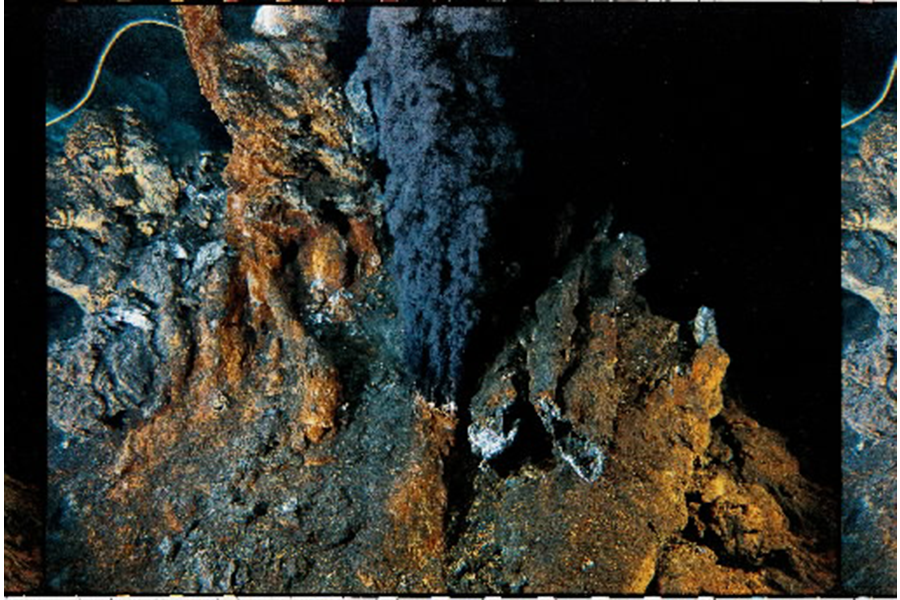Luca 'the ancestor of all living things,' say scientists
Loading...
What do humans, insects, and algae all have in common? Very little, except for Luca.
Evolutionary biologists have revealed a detailed genetic profile of Luca, the Last Universal Common Ancestor of all living things. A new study, published Monday in the journal Nature Microbiology, provides insight into where and how this ancient precursor may have lived.
There are three basic types of living organisms on Earth: eukaryotes, bacteria, and archaea. Eukaryotes include all plants and animals. Bacteria and archaea are both single-celled, asexual organisms with no nucleus or organelles, but have distinct genetic and biochemical backgrounds.
Researchers say that all three groups can be traced back to Luca, a single-celled organism that lived around 4 billion years ago. It is commonly thought that Luca’s descendants diverged into bacteria and archaea, and that eukaryotes emerged later. The ancestor’s physiology and habitat were mostly left to speculation, until now.
A group of evolutionary biologists, led by William Martin of Heinrich Heine University in Germany, set out to create a genetic profile of Luca. Dr. Martin and colleagues compared protein-coding genes in both bacteria and archaea, eventually identifying 355 genes that likely originated in Luca. Among them, they found a gene that codes for an enzyme called reverse gyrase, which is only found in extremophile microbes.
“I was flabbergasted at the result,” Martin told The New York Times. “I couldn’t believe it.”
Luca’s genes suggest that the organism lived in extremely hot deep-sea vents, metabolizing hydrogen gas for energy. Some scientists have postulated that life itself originated in this type of environment. Martin has argued that Luca may not just be the common ancestor, but one of the very first living organisms.
Scientists have long racked their brains trying to understand how life arose from nonliving organic materials. Some say life began in a “primordial soup” of warm water and basic chemicals. In 2013, Cornell researchers suggested that life may have originated in clay.
John Sutherland, a chemist at the University of Cambridge, has argued that ultraviolet light is an essential energy source for life-originating chemical reactions. Ultraviolet light comes from the sun, so by that hypothesis, life must have originated in land-based pools. Luca may have inhabited deep-sea vents, Sutherland says, but life likely originated much earlier.
“We didn’t set out with a preferred scenario,” Sutherland told The New York Times. “We deduced the scenario from the chemistry.”






